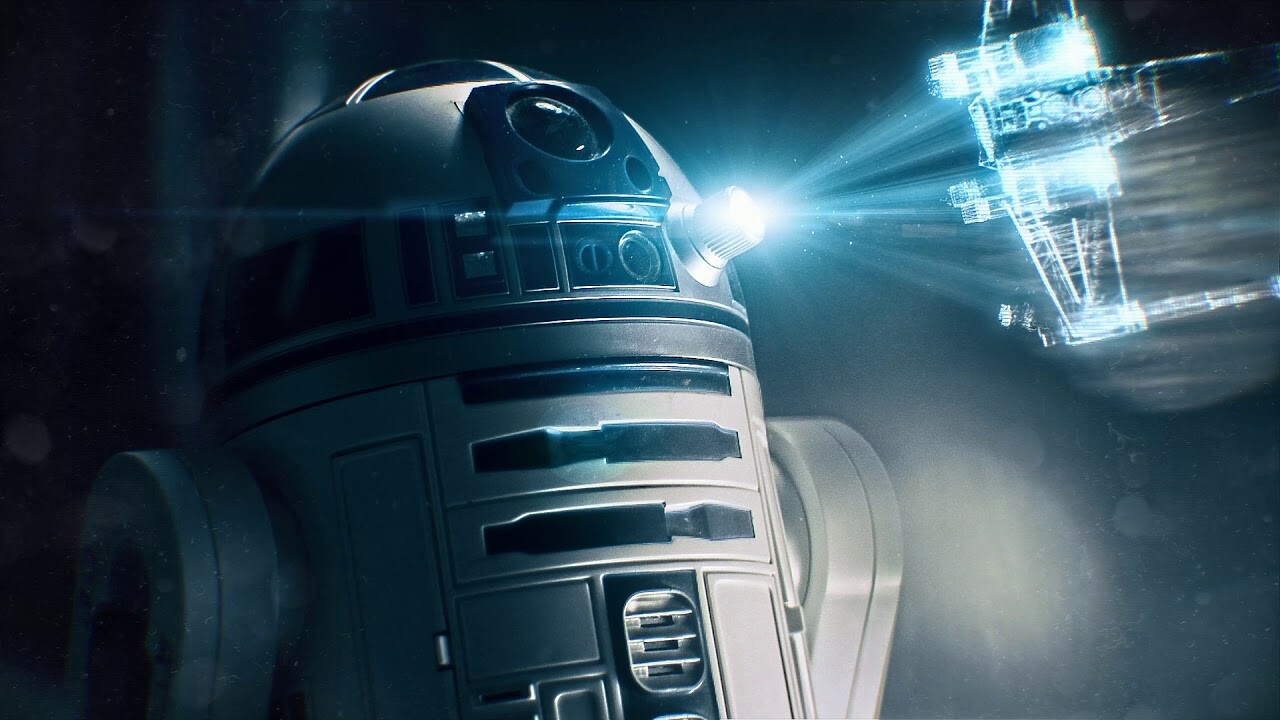GPU
89 readers
7 users here now
GPU - 3D graphics programming, neural networks, WebGL, WebGPU, WebNN, shaders, generative textures and models, OpenGL, DirectX, Metal, Vulkan, Computer Generated Holography
founded 1 year ago
MODERATORS
1
2
3
14
Maxsun unveils Intel dual-GPU Battlemage graphics card with 48GB GDDR6 to compete with Nvidia and AMD
(www.tomshardware.com)
4
5
6
7
10
MSI's 'secure' yellow-tipped RTX 5090 12V-2x6 cable is still vulnerable to melting, user report suggests
(www.tomshardware.com)
8
9
10
11
15
RTX 5080 is 22% faster than the RTX 4080 per leaked benchmarks — falls short of the RTX 4090
(www.tomshardware.com)
12
13
3
Neural Network prototype on Shadertoy - Interactive handwritten digits classifier
(www.shadertoy.com)
14
15
16
